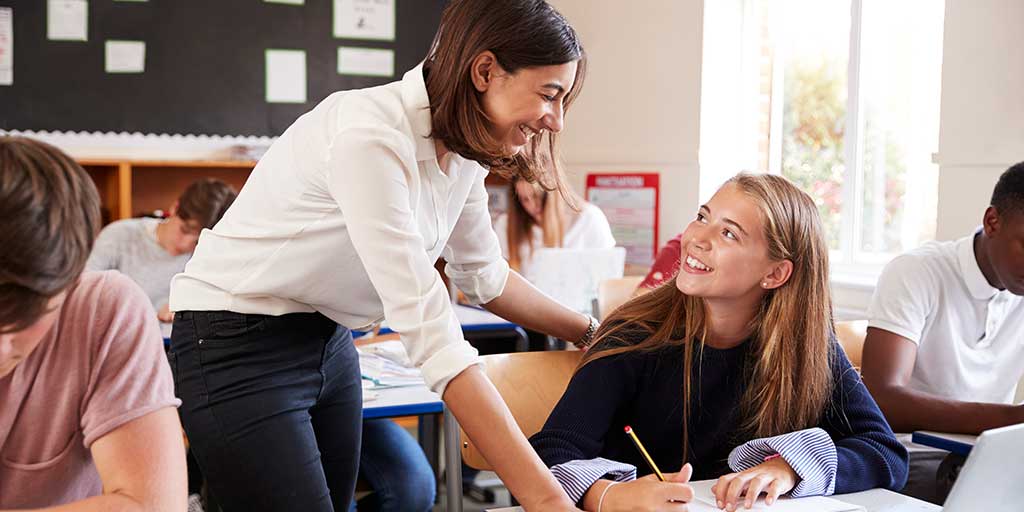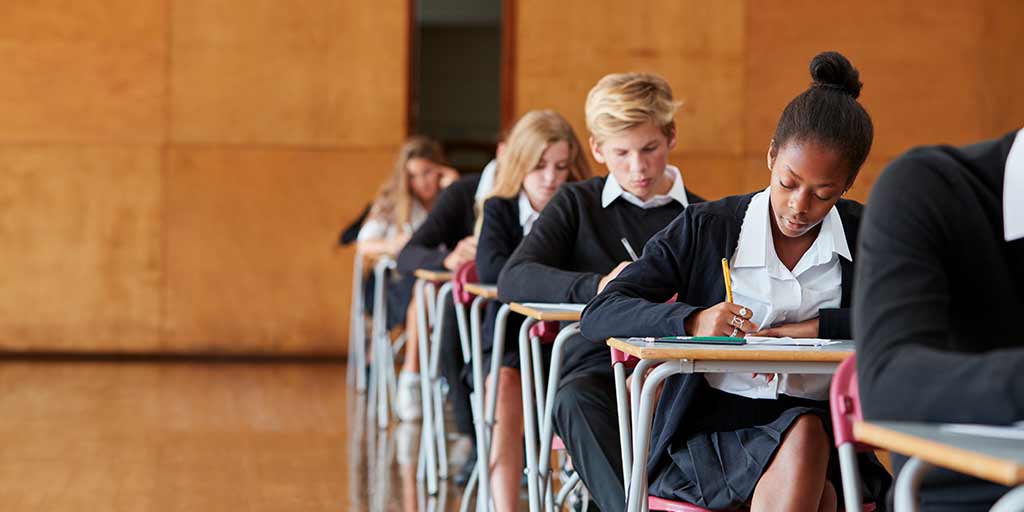Predictions, aspirations, expectations and outcomes
Have schools got the ‘perfect’ system where every student achieves the grade they want? Unlikely. There are a number of factors that can get in the...

Login | Support | Contact us
Suzanne Tipping : Jul 12, 2023 11:40:55 AM
3 min read

As a classroom teacher I had many conversations about flight paths and the validity of GCSE target grades.
The data we were presented with at times did not seem to match the evidence of potential we could see in the classroom from formative assessment, and I was often approached by students who themselves could not understand why they had been given what seemed like an unachievable goal to them.
Don’t get me wrong, I was always eager to receive the informative list of numbers that would form the basis of my expectations for the year. It would inform my teaching and learning activities and be a useful tool for tracking and measuring the performance of my classes. But it always came with some question marks for me too.
In educational terms, flight paths refer to the predicted trajectory of a student's academic progress over time. This is based on their past academic performance which is often KS2 data.
These flight paths can be used by teachers to identify students who may be at risk of falling behind or not reaching their academic potential and to provide targeted support and interventions to help them stay on track.
The effectiveness of flight paths in education depends on a whole range of factors. This can include the quality of the data used to create the flight paths, the accuracy of the predictions and the effectiveness of the interventions provided to students who are identified as at risk of underachieving.
When creating flight paths, it is important that you use baseline data that is accurate, reliable and comprehensive.
We have heard many concerns in recent years about solely using KS2 data to predict an academic outcome five years later when many factors can have an impact on a student’s performance within that time.
In a recent article, Nathan Burns expressed his concerns saying ‘In most secondary schools, it’s standard practice to create flight paths to GCSE for students using data from key stage 2. In my opinion, this is a problem: so much happens between the ages of 11 and 16, and basing a GCSE grade on data from primary school is never going to be truly representative.’ He goes on to add concerns from Chief OFSTED inspector Amanda Spielman who has called on schools to focus on individual progress through the curriculum rather than on whether pupils are hitting a set target grade.
Some consider flight paths to be a label that can be detrimental to students’ mental health and self-esteem if they are failing to achieve their ‘designated’ potential. Others consider them to be a limiter of outcome if a student may have achieved a higher grade. They can also be seen to increase workload and work-related stress for teachers who are chasing unrealistic targets in some cases.
So, in an environment where it is necessary to measure and report performance, progress and educational success, what can you do to ensure that flight paths are as accurate and useful as possible?
Instead of simply using KS2 data to provide a predicted grade, using baseline assessments like MidYIS and Yellis in years 7, 8, 9 and/or 10, assessing ability at a time much closer to GCSE exams, as well as using data collected over several years can increase the accuracy of the flight path.
In our recent network meetings, it was great to hear that in some schools once MidYIS and Yellis data has been collected it is shared with teachers and they then combine the use of baseline data with information from teacher assessments including classwork, homework, end of topic tests and mock exams. They then collaboratively decide what their target will be.
Information from the pastoral team regarding attendance, circumstances outside of school and the students physical and mental health are also sometimes taken into consideration. The path and progress expected may not be linear as the students’ ability levels could change at varying rates depending on external factors, the student’s maturity levels and attitudes to school and work.
We are all increasingly aware of how student wellbeing can have a significant impact on educational outcomes, so keeping track of how students are feeling and feeding this information into targets is also key.
The Ofsted framework requires Ofsted inspectors to routinely assess and report on pupils’ mental health and wellbeing under the key judgement area of personal development. This includes aspects such as resilience, confidence, independence and how to keep mentally healthy.
Tools such as The Cambridge Wellbeing Check can be used to give you insight into your students' feelings, helping you to assess students' day-to-day wellbeing and monitor the times when students might be feeling low, stressed or under pressure.
Taking an integrated approach which incorporates baseline assessments, continuous teacher assessment and feedback, as well individualising learning can help to strike a balance between supporting students’ holistic development as well as their long-term academic success.
There is a great deal of importance in knowing where you are heading and what progress you are making in getting there. But there should also be flexibility in the journey as well as the decision about the final destination.

Have schools got the ‘perfect’ system where every student achieves the grade they want? Unlikely. There are a number of factors that can get in the...

By Dr Matthew Carroll, Research Division, Cambridge University Press & Assessment When we produce an assessment, we need to know that it is measuring...

A conversation with Jonathan Allday Jonathan Allday has worked as a teacher, head of department, head of faculty and senior leader in day and...